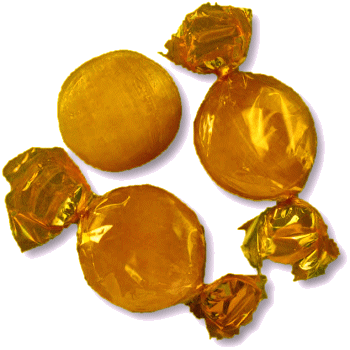




WELCOME TO An Entertainment Site for Scottish Country Dancers - Enjoy the curated selection of theme-related dances for celebrations and holidays, or find a dance associated with a special calendar day, or EVEN your own birthday!
Dance Healthy Day
Jan 30
Other Scottish Country Dances for this Day
Today's Musings, History & Folklore
"When you’re feelin’ mighty poorly,
And your bones are stiff and sore,
Sip some tea, pull up a blanket,
Rest a spell—don’t keep the score.
Hard times come, but they don’t linger,
Like the rain, they pass on through,
A body mends, a spirit rises,
And you’ll be dancin’ soon anew."
Feeling a bit under the weather? For centuries, the people of the British Isles have turned to herbal teas as comforting remedies for colds and flu, drawing on folklore and traditional healing wisdom. In Scotland, heather tea with honey soothed coughs, while the Welsh swore by elderflower and meadowsweet to chase away fevers. English villages brewed peppermint and thyme for congestion, while the Irish relied on nettle and hawthorn for strength. In Cornwall, gorse and lemon balm lifted spirits and eased chills. More than just medicine, these teas were part of a ritual of care, offering warmth, nourishment, and the wisdom of generations. Alongside these herbal remedies, gentle movement and fresh air were also valued for recovery, as even a short walk or light stretching could boost circulation, support immunity, and speed healing. So, when you're feeling a bit stronger, this non-strenuous and healthful reel with skips steps, mirror reels, and easy turns, will get you back in dancing shape! 🤎 💛 🤎 🫖 🍯 ✨
In Sickness & In Health
Under the weather? Try one of these traditional remedies?
For centuries, the people of the British Isles have turned to herbal teas and tisanes to ward off the chills of winter and soothe the aches of seasonal illness. Drawing from ancient wisdom, Celtic herbalism, and medieval apothecary traditions, these brews have been passed down through generations as comforting and restorative elixirs.
Scottish Heather & Honey Infusion
In the Highlands, where the winds bite sharp and dampness lingers in the air, a steaming cup of heather tea has long been the remedy of choice for colds and congestion. The tiny purple blossoms, once used by Highlanders to brew a mild ale, were also steeped in hot water with a spoonful of heather honey to ease a sore throat and quiet a cough. Rich in natural antioxidants, this brew was often taken before bed, ensuring a restful sleep wrapped in the warmth of woolen blankets.
Welsh Elderflower & Meadowsweet Tea
The people of Wales, with their deep connection to the healing power of hedgerow herbs, have relied on elderflower tea for centuries. Known as the "poor man’s medicine chest," elderflower was believed to chase away fevers and clear the head of congestion. When combined with meadowsweet, a herb sacred to the Druids and known for its pain-relieving qualities, this golden tea became a staple for those battling the flu. A dash of cider vinegar was sometimes added for extra potency, stirring up warmth from within.
English Peppermint & Thyme Brew
In the villages of England, where apothecaries once lined cobbled streets, peppermint and thyme were often blended into a sharp, invigorating tea. Peppermint, with its cooling menthol properties, opened the sinuses and soothed the stomach, while thyme—long associated with courage and strength—helped clear the chest and fight infection. A touch of lemon and a drizzle of black treacle or golden syrup transformed the concoction into a warming elixir, ensuring that even the weariest soul found relief.
Irish Nettle & Hawthorn Tonic
Among the Irish, nettle tea was considered a cure-all, rich in iron and fortifying to the blood. When paired with hawthorn blossoms, which were said to bring protection from illness, the resulting tea was both nourishing and invigorating. A pinch of ginger, sometimes added for extra warmth, helped banish chills and encouraged the body's natural defenses. Irish grandmothers often swore by this brew, insisting it kept the spirit strong and the body resilient against winter’s woes.
Cornish Gorse & Lemon Balm Tea
In Cornwall, where the sea air carried a damp chill, the golden blooms of gorse were steeped in tea for their immune-boosting properties. Gorse, said to bring good cheer even in the bleakest months, was combined with lemon balm, an herb of joy and calm. The resulting tea lifted spirits while easing the discomfort of fever and congestion. A slice of Cornish saffron cake or a honey oat biscuit was the perfect accompaniment, adding nourishment to the healing ritual.
For more on some other comforting remedies, besides a dance session, click the cup of tea!
Click the dance cribs or description below to link to a printable version of the dance!



